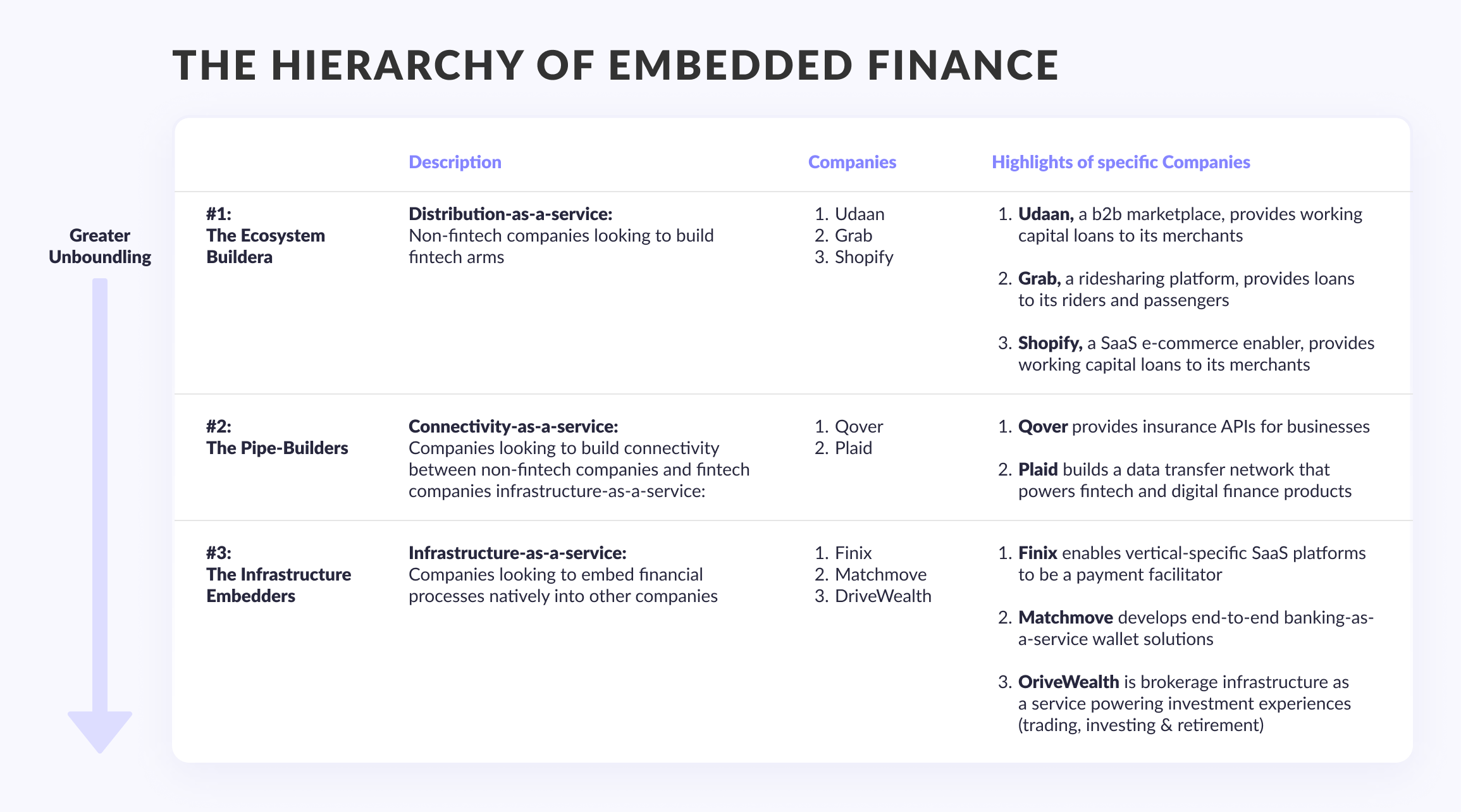What is Embedded Finance?
Embedded finance is the seamless integration of financial services into non-financial platforms. Think about it: you’re not going to a bank to pay a bill, you’re paying it through the app you use for your utilities. That’s embedded finance in action. It’s about making financial transactions a natural part of the customer experience, rather than a separate, often frustrating, process. Instead of needing separate apps for various financial needs, they are integrated directly into platforms you already use regularly.
Buy Now, Pay Later (BNPL) – A Prime Example
One of the most visible examples of embedded finance is the rise of Buy Now, Pay Later (BNPL) services. These services allow you to purchase goods and pay for them in installments, often directly within an e-commerce checkout. This removes the friction of applying for a traditional loan and makes larger purchases more accessible. You’re not redirected to a separate lender’s website; the entire process happens within the online store, improving the user experience and boosting sales for the retailer.

Insurance Integrated into Daily Apps
Imagine booking a ride-sharing service and automatically being offered insurance coverage for the trip. Or perhaps your fitness tracker automatically adjusts your life insurance premiums based on your activity levels. These scenarios are becoming increasingly common as embedded finance allows insurance providers to offer policies directly within the apps we use every day. This targeted approach makes insurance more relevant and accessible, eliminating the need for separate insurance applications and improving customer engagement.
Embedded Lending – Making Credit More Accessible
Embedded finance is also revolutionizing the lending industry. Platforms ranging from e-commerce sites to social media applications are now offering embedded lending options. This means you can apply for a loan or line of credit directly within the app, often with a streamlined, simplified application process based on the data already available to the platform. This makes credit more accessible to underserved populations and simplifies the borrowing process for everyone.
Investing Without the Investment App
The world of investing is also feeling the impact of embedded finance. Imagine easily investing spare change from your everyday purchases, directly through your budgeting app. Or perhaps automatically contributing to a retirement fund via your employer’s payroll system, with the investment options presented within the same platform. This integration eliminates the need for separate investment accounts and makes saving and investing more intuitive and accessible, potentially leading to better financial habits.
The Impact on Businesses – Expanding Revenue Streams
For businesses, embedded finance offers significant advantages. By offering financial services alongside their core offerings, companies can increase customer loyalty, generate additional revenue streams, and create stickier relationships with their user base. This diversification strengthens their business model and provides new opportunities for growth. It allows them to capture a greater share of the customer’s wallet without needing to become a full-fledged financial institution.
Enhanced Customer Experience – Convenience and Simplicity
Perhaps the most significant impact of embedded finance is the improvement in customer experience. The convenience of accessing financial services within the apps and platforms people already use daily simplifies their lives and reduces the friction associated with traditional financial processes. This seamless integration leads to increased customer satisfaction and encourages greater engagement with both the platform and the financial services offered.
Data-Driven Personalization – Tailored Financial Solutions
Embedded finance relies heavily on data to offer personalized financial solutions. By analyzing user behavior and preferences within the platform, companies can tailor their financial offerings to meet individual needs. This allows for more relevant product recommendations, customized interest rates, and more effective risk assessment, ultimately benefiting both the customer and the provider.
Security and Privacy Concerns – Addressing the Challenges
While embedded finance offers many advantages, security and privacy concerns remain paramount. The integration of financial services into non-financial platforms requires robust security measures to protect sensitive customer data. Transparency and strong data protection practices are essential to build customer trust and ensure responsible implementation of embedded finance technologies.
The Future of Embedded Finance – Ongoing Evolution
Embedded finance is still a relatively new field, and its evolution continues at a rapid pace. As technology advances and regulations adapt, we can expect to see even more innovative applications of embedded finance, further integrating financial services into our daily lives and transforming the way we interact with money. Read more about embedded finance examples.

